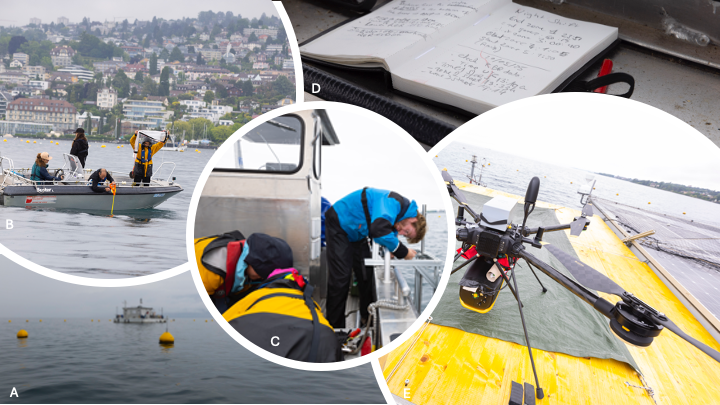A SNSF-funded project (2024-2028)

GEN_Z’s objective is to reach a mechanistic understanding of lake zooplankton’s temporal and spatial dynamics and implications for lake biogeochemistry by revamping a quantitative and numerical approach to zooplankton. GEN_Z first aims to revisit how we quantify zooplankton in the field, overcoming the current shortfalls of zooplankton observations and optimizing the information we derive from observation data. The project builds upon high throughput observation techniques recently developed or under development, such as remote sensing, echo-sounding, and automated analyses of digital images.
These new observation techniques will expand zooplankton observations’ spatial and temporal coverage and resolution. Data acquisition and workflow will also be designed to provide quantitative zooplankton metrics, beyond species abundances, that are more informative on the mechanisms driving population dynamics and consequences on the ecosystem fluxes. Acquired data will be used to hindcast zooplankton’s spatial and temporal variability at scales rarely, if not never, reported for lakes. Building upon the unique breadth of the shared and open environmental data from the LéXPLORE and Datalakes infrastructures, space- and time-resolved data series will be analyzed for the drivers and mechanisms underlying observed variabilities. Finally, we will test the adequacy of some typical or size-structured parametrizations used in zooplankton modules of lake ecosystem models for reproducing the zooplankton dynamics and their implications in the field. By improving the quantitative view on zooplankton, we expect to initiate a step towards a better zooplankton parametrization for future inclusion within lake ecosystem models.

